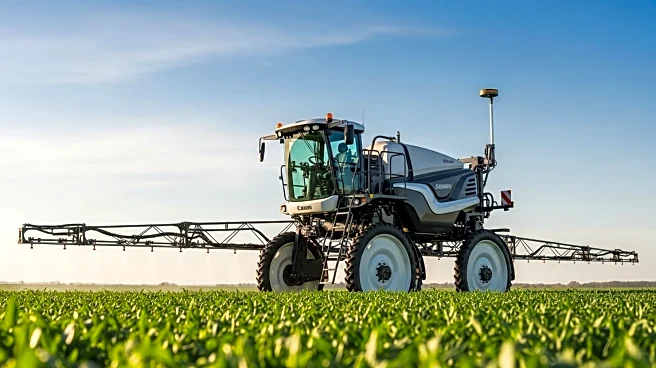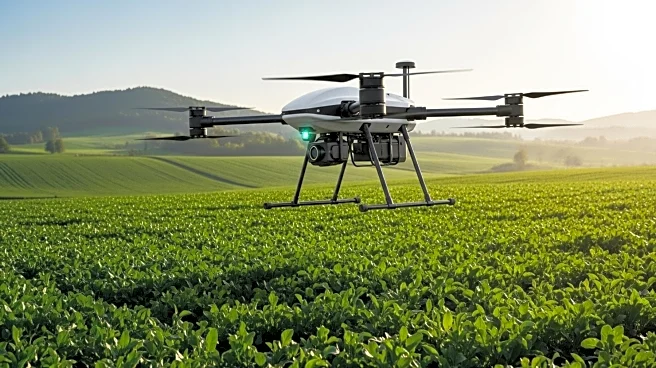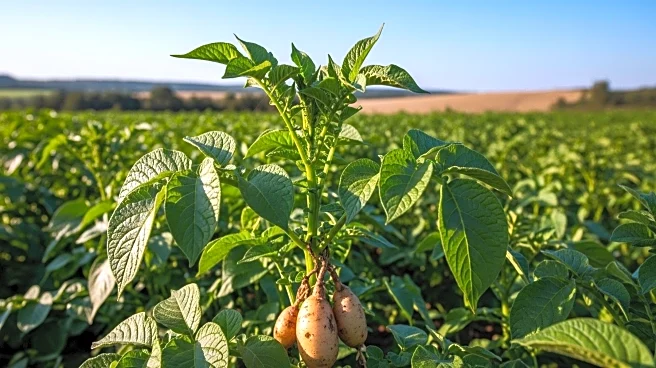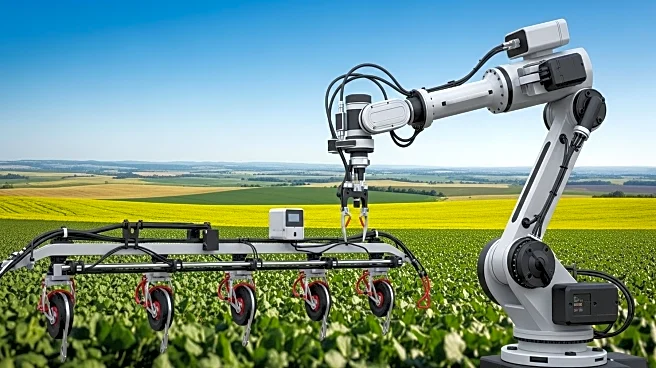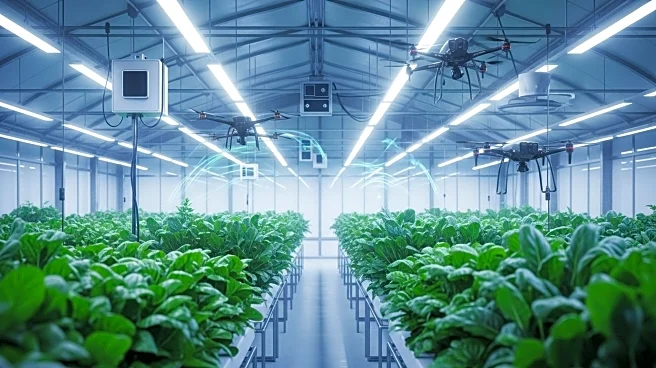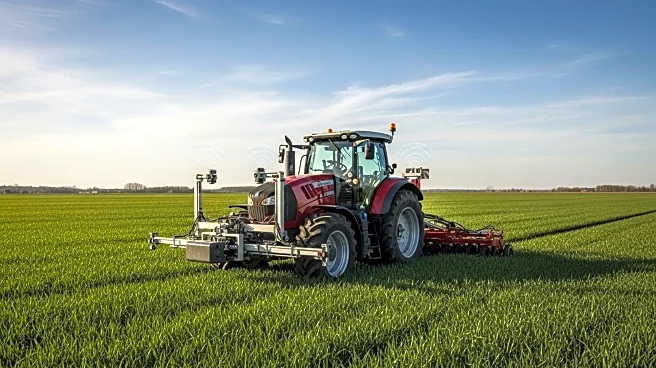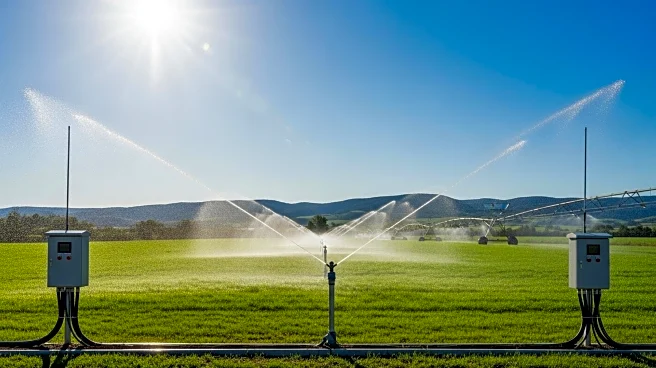What is the story about?
What's Happening?
The global agricultural sprayers market is experiencing significant growth, driven by the increasing demand for mechanized and precision farming solutions. Agricultural sprayers are essential for the uniform application of fertilizers, herbicides, pesticides, and other agrochemicals, which improve crop yield and promote sustainable farming practices. Technological advancements, such as GPS-enabled spraying systems, drone-based sprayers, and automated boom sprayers, are enhancing efficiency and accuracy in large-scale agricultural operations. In 2024, the market was valued at approximately $2.9 billion and is projected to reach $4.4 billion by 2031, growing at a compound annual growth rate (CAGR) of 6.1%. North America currently leads the market due to its advanced agricultural infrastructure and widespread adoption of modern farming equipment.
Why It's Important?
The growth of the agricultural sprayers market is crucial for meeting the rising global food demand driven by population growth. Precision farming techniques enabled by advanced sprayers help reduce labor dependency and minimize agrochemical wastage, contributing to environmental sustainability. The adoption of these technologies is particularly significant in regions like North America, where government initiatives support precision agriculture. The market's expansion also presents opportunities for emerging markets in Asia-Pacific, where industrialized agriculture is rapidly growing. Companies investing in innovative spraying solutions can capitalize on the demand for efficient and sustainable farming practices.
What's Next?
The agricultural sprayers market is expected to continue its growth trajectory, with emerging markets in Asia-Pacific and Latin America offering significant potential due to expanding commercial agriculture. Innovations in drone-based spraying, IoT-enabled sprayers, and eco-friendly designs are likely to attract new customers seeking efficient solutions. Companies may leverage service offerings, such as maintenance contracts and training programs, to enhance customer retention and increase revenue. Government subsidies and support programs in developing regions provide opportunities for market expansion and deeper penetration.
AI Generated Content
Do you find this article useful?
